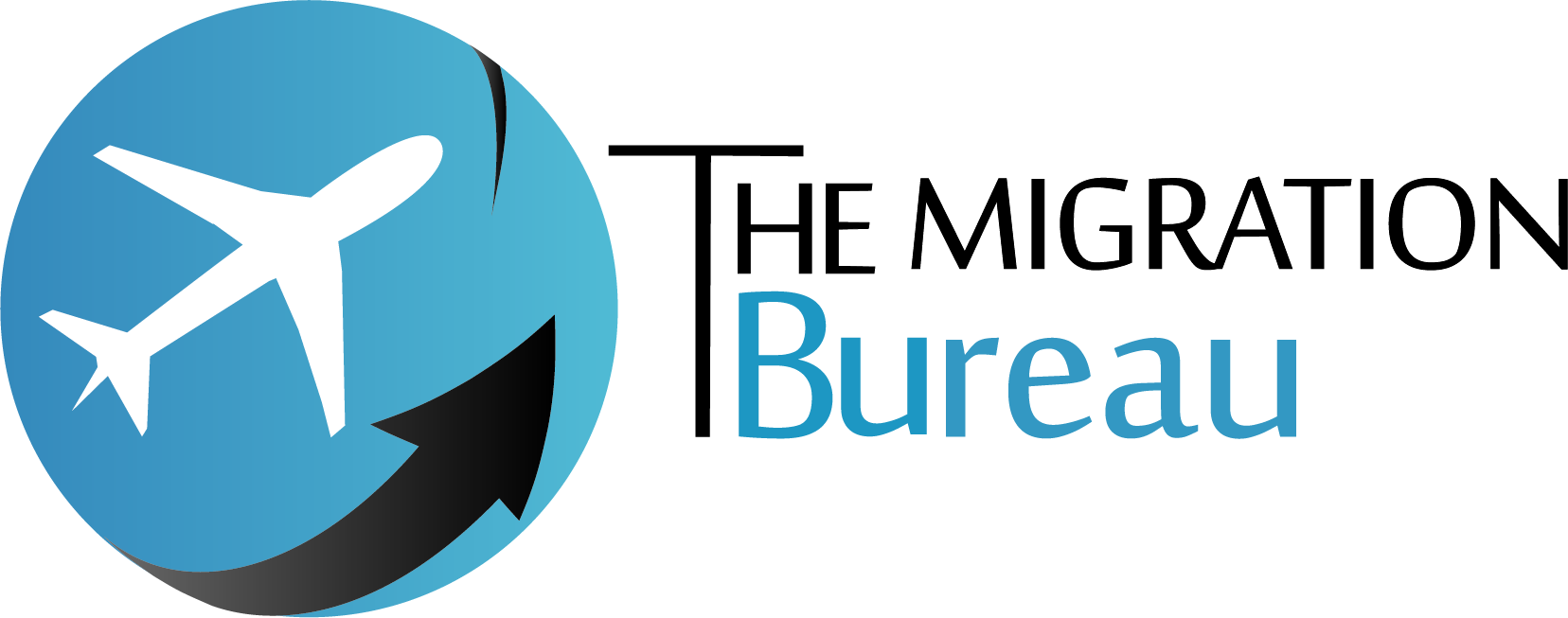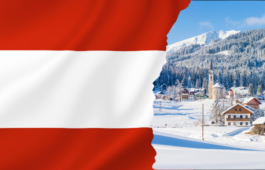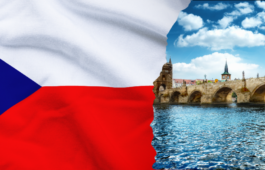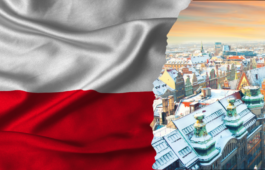- 31 August 2024
- Admin
- No Comments
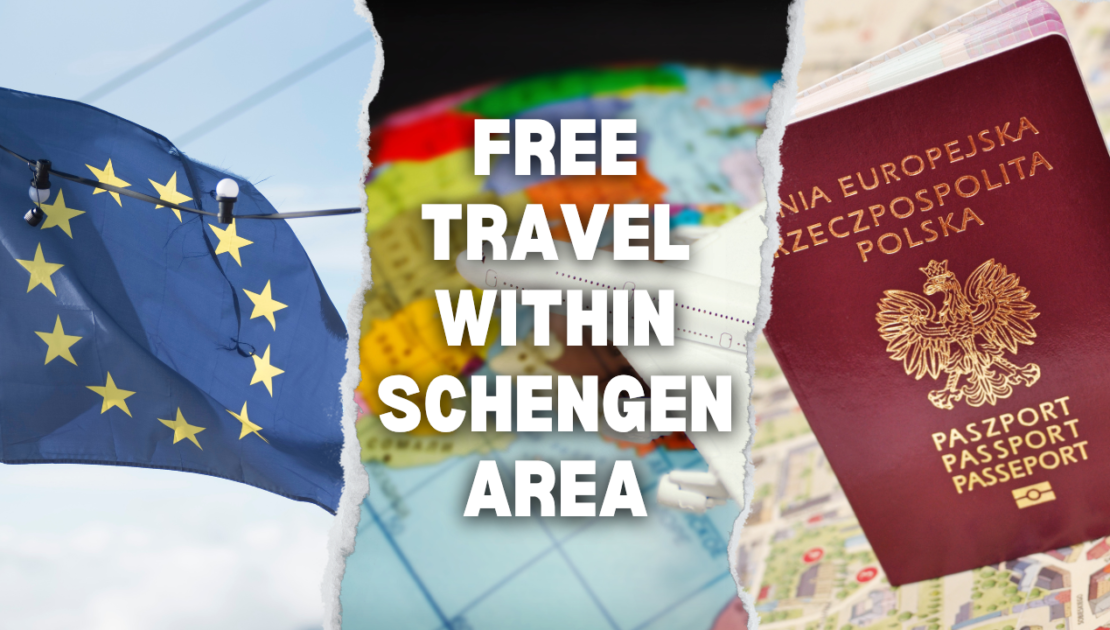
Free Travel Within European Schengen Area
Europe never gets dull. It has stood the test of time in numerous ways. With its vast historical wealth, it’s a destination that practically begs for multiple visits. Travelers can return year after year and still discover new sights each time. Touring Europe always leaves visitors in awe of its stunning landscapes, rich history, and remarkable artistic and culinary variety.
Exploring Europe allows travelers to follow in the footsteps of influential historical, political, and religious figures, offering insights into pivotal moments in our shared history. The continent’s rich array of attractions is its greatest allure: from the cradle of democracy in Athens to the Renaissance masterpieces in Florence, the charming canals of Venice, the grandeur of Paris under Napoleon, and the magnificent Moorish palaces of Andalucia. A European trip provides the chance to savor genuine Italian, French, and other delectable cuisines and wines.
Europe is incredibly diverse. As the smallest continent with 50 countries, 7 territories, 4 partially recognized republics, and 27 EU members, Europe offers a vast array of travel experiences. With over 100 languages spoken, it’s perfect for both short visits and extended stays. Whether your itinerary covers multiple stops or focuses on a single area, Europe promises unforgettable memories. The variety in architecture, landscapes, climates, and historical sights ensures there’s something for everyone.
Top destinations include France, Spain, Italy, Greece, Switzerland, Germany, Ireland, Scotland, and the UK. Lesser-traveled gems like Sweden, Norway, Portugal, the Netherlands, and Belgium also offer priceless historical and natural treasures.
One unique feature of Europe is the proximity of its countries. For example, France borders Spain, Belgium, Germany, Switzerland, and Italy, allowing for quick and easy travel between them, often by train. This proximity means you can experience different cultures, ecosystems, and landmarks within a short distance. European countries are steeped in tradition, reflected in their architecture, arts, history, and natural surroundings.
Travelers visit Europe for various reasons. Some are drawn to Paris, France, for the Eiffel Tower, the Louvre, and cafes. Others go to Germany for its sausages, bread, beer, and countryside. Italy attracts visitors to Rome, Venice, and Vatican City. After researching Europe, you’ll find specific countries, regions, and cities that appeal to you personally.
THE SCHENGEN AREA IS one of the main achievements of the European project. It started in 1985 as an intergovernmental project between five EU countries – France, Germany, Belgium, the Netherlands and Luxembourg – and has gradually expanded to become the largest free travel area in the world. Schengen is the name of a small village in Luxembourg, on the border with Germany and France, where the Schengen Agreement and the Schengen Convention were signed in 1985 and in 1990 respectively.
The border-free Schengen Area guarantees free movement to more than 420 million EU citizens, along with non-EU nationals living in the EU or visiting the EU as tourists, exchange students or for business purposes (anyone legally present in the EU). Free movement of persons enables every EU citizen to travel, work and live in an EU country without special formalities. Schengen underpins this freedom by enabling citizens to move around the Schengen Area without being subject to border checks.
WHICH COUNTRIES ARE PART OF SCHENGEN?
Today, the Schengen area covers over 4 million square kilometres with a population of almost 420 million people, and includes 29 countries:
- 25 of the 27 EU member states
- All members of the European Free Trade Association (Iceland, Liechtenstein, Norway and Switzerland)
On 1 January 2023, Croatia became the 27th country to fully join the Schengen area.
On 30 December 2023 the Council agreed to lift the air and sea internal border controls with Bulgaria and Romania. Both member states fully apply the Schengen acquis from 31 March 2024. From that date onwards controls at internals air and sea borders will be lifted. Following this first step, a further decision should be taken by the Council to establish a date for the lifting of checks at internal land borders.
Controls at the internal borders with Cyprus have not been lifted yet, and Ireland is not part of the Schengen area.
BENEFITS OF FREE TRAVEL
- No Internal Border Checks: Travelers can cross-internal borders without passport controls, akin to traveling within a single country.
- Simplified Travel: Easier movement for tourism, business, and personal reasons.
- Economic Advantages: Boosts trade, tourism, and economic interaction among member states.
- Common External Border: Unified approach to managing the external borders of the Schengen Area, enhancing security and coordination.
WHAT ABOUT NON-EU CITIZENS?
For non-EU citizens holding a work permit, traveling within the Schengen Area has certain rules and benefits, depending on the type of permit and the specific country’s regulations where the permit is issued.
General Principles
- Schengen Visa (Type C):
- Short-term visa allowing travel up to 90 days within any 180-day period in the Schengen Area.
- Not typically linked to a work permit but useful for business trips and other short visits.
- Long-Term National Visa (Type D):
- Issued by individual Schengen countries for stays exceeding 90 days.
- Linked to work, study, or other long-term residency purposes.
- Residence Permit:
- Non-EU citizens with a residence permit (issued for work, study, or other reasons) in a Schengen country can travel within the Schengen Area for short stays (up to 90 days in any 180-day period) without additional visas.
SPECIFICS FOR NON-EU CITIZENS WITH WORK PERMITS:
Residence Permit-Based Travel
- Free Movement for Short Stays: If you have a residence permit from a Schengen country, you can travel freely to other Schengen countries for short visits, adhering to the 90/180 rule.
- Proof of Residency: Carry your residence permit and passport while traveling within the Schengen Area.
Long-Term Stay Considerations
- Work Permits: Typically valid for one specific country, meaning you can live and work in the country that issued the permit but can only visit other Schengen countries temporarily.
- Applying for Work in Another Schengen Country: Requires a new application for a work permit in that country, even though you can enter and stay temporarily without a visa.
Example Scenarios
- Scenario 1: German Work Permit Holder Visiting France:
- You hold a German residence permit based on your work permit.
- You can travel to France (or any other Schengen country) for up to 90 days within a 180-day period without needing a visa.
- For work in France, you would need to apply for a French work permit.
- Scenario 2: Spanish Work Permit Holder Touring Europe:
- With a Spanish residence permit, you can visit other Schengen countries like Italy, Germany, and the Netherlands for tourism or business for up to 90 days in a 180-day period.
- Always carry your residence permit and passport during travels.
- Scenario 3: Polish Work Permit Holder Touring Europe:
You can travel to other Schengen countries for up to 90 days within any 180-day period for tourism or business purposes with the following rules:
- Residence Permit: Your valid Polish residence permit.
- Passport: Your passport must be valid for at least three months beyond your planned departure date from the Schengen Area.
- 90/180 Rule: You can stay in other Schengen countries for up to 90 days within any 180-day period. Ensure you track your days to avoid overstaying.
- Purpose of Visit: The permit allows for tourism, business, and short-term visits, but not for long-term work or residence in other Schengen countries.
Travel Tips for Non-EU Citizens with Work Permits
- Stay Informed: Check specific entry requirements and any temporary border control measures for each Schengen country.
- Document Readiness: Carry your residence permit and passport, and ensure they are valid for the entire duration of your travels.
- Health Insurance: Ensure you have health insurance coverage valid in other Schengen countries.
Important Considerations
- 90/180 Rule Compliance: Carefully track your travel days within the Schengen Area to avoid overstaying, which can lead to penalties.
- Local Laws and Regulations: Be aware of each country’s specific laws regarding work and residency for non-EU citizens.
CONCLUSION
The experience of discovering countries of European Union has given people a better understanding of other cultures as well as European history and improved their foreign language skills. But travelling is about so much more than just seeing the sites, trying the culinary delights or learning about other cultures: it’s also about the incredible friendships you’ll form and the people you meet!
